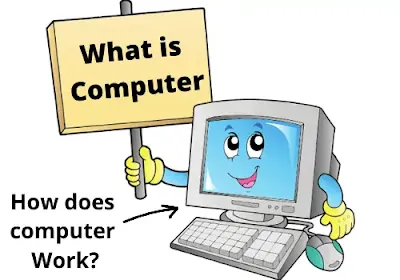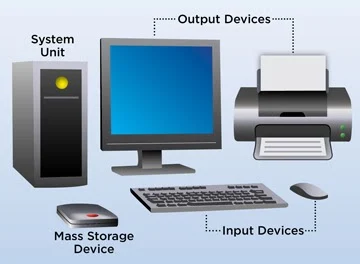What is Computer?
 |
Introduction to computer system: 1. What is Computer and how does it work |
Data (Input):
Process:
Output:
In simple words computer system works on the basic IPO model, where "I" stands for INPUT, "P" stands for PROCESS and "O" stands for OUTPUT.
What are the components of a modern computer?
A computer is made up of four major parts: a CPU, a graphics processing unit (GPU), random access memory (RAM), and either a solid state drive (SSD) or a hard disc drive (HDD). All of these components are linked to a motherboard. The GPU and CPU are often found in the computer's chip-set. Memory (RAM) and storage (SSD/HDD) components are often easier to change or replace than the chip-set.
When was the first computer invented?
Charles Babbage, an English engineer, and Ada Lovelace, a mathematician, invented the first mechanical computer in the early nineteenth century. The Difference Engine was at the heart of the computer, and it was in charge of performing computations with several sets of numbers and outputting the results.
The Atanasoff-Berry Computer was the very first digital computer (ABC). The ABC was invented in 1942 by Iowa State University professor John Vincent Atanasoff and graduate student Cliff Berry. This computer utilized vacuum tubes to do binary computations and to execute Boolean logic. However, because the ABC lacked a CPU, it could not be programmed. Subsequent computer evolution introduced programming skills, RAM, transistors, microprocessors, and portability as essential features.
 |
Introduction to computer system: 2. What is Computer and how does it work |
What are the many sorts of computers?
Microcomputers, often known as personal computers,
Minicomputers
Mainframe computers
Supercomputers
Workstation computers
Servers

No comments:
Post a Comment